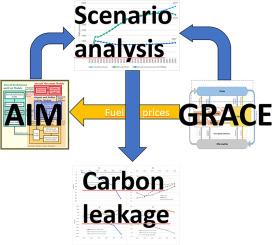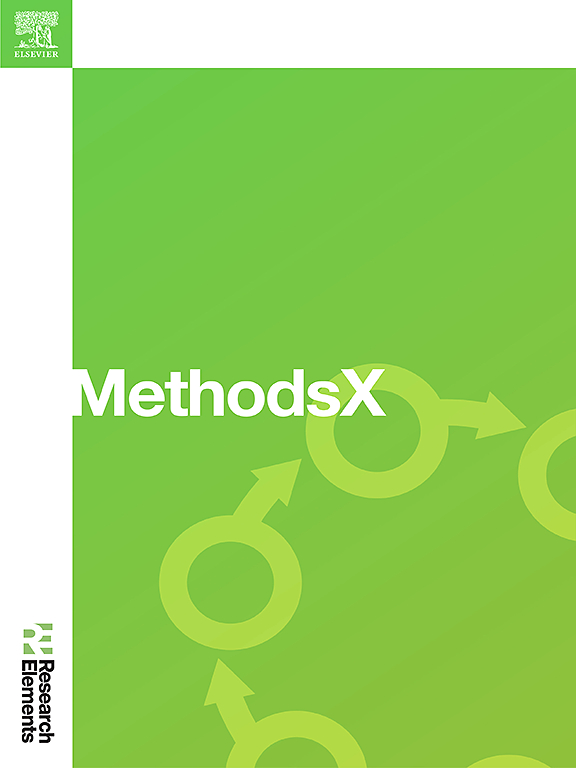结合部门模型和一般均衡模型估算航空业的碳泄漏量
IF 1.6
Q2 MULTIDISCIPLINARY SCIENCES
引用次数: 0
摘要
本文介绍了一种基于替代方案的航空政策碳泄漏估算程序。为确保更高的稳健性,关键的创新之处在于所有情景均由两种不同类型的模型模拟:航空部门模型和可计算一般均衡模型。本文章由计算机程序翻译,如有差异,请以英文原文为准。

Estimating carbon leakage from aviation by combining sectoral and general equilibrium models
This article describes a procedure for estimating carbon leakage from policies targeting aviation based on alternative scenarios. The key innovation to ensure greater robustness is that all scenarios are simulated by two different types of models: a sectoral model for aviation and a computable general equilibrium model.
- •The implementation of scenario simulation in both models is explained
- •The calculation of carbon leakage is explained step by step
求助全文
通过发布文献求助,成功后即可免费获取论文全文。
去求助
来源期刊

MethodsX
Health Professions-Medical Laboratory Technology
CiteScore
3.60
自引率
5.30%
发文量
314
审稿时长
7 weeks
期刊介绍:
 求助内容:
求助内容: 应助结果提醒方式:
应助结果提醒方式:


